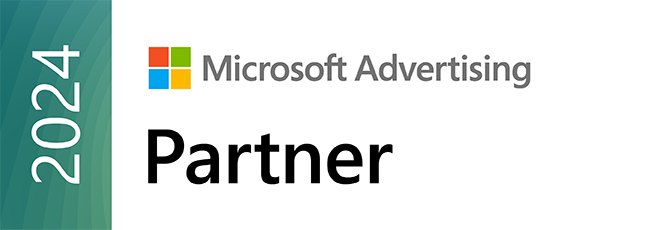Boosting Non-dues Revenue for Associations with Digital Marketing

Professional associations are under increasing pressure to expand their revenue sources beyond membership dues. According to the 2021 Association Trends Study by Nimble AMS, dues alone often fall short of supporting growth initiatives. To remain financially resilient, associations must use digital marketing as a scalable way to increase non-dues revenue for associations while improving engagement with members and sponsors.
1. Why digital marketing matters for association revenue growth
Digital marketing is one of the most effective tools available for associations that want to diversify revenue. By building visibility, reaching broader audiences, and creating new streams of engagement, associations can turn programs, events, and sponsorships into reliable revenue channels. Hubspot reports that more than 60% of marketers list lead generation as their top challenge. For associations, applying structured event marketing strategy directly addresses this challenge while driving measurable non-dues income
2. The digital transformation imperative for associations
The pandemic accelerated digital transformation across industries, and associations were no exception. McKinsey research shows that new digital behaviors are long-lasting, meaning associations cannot rely on traditional models alone. A strong online presence is now essential. From virtual events to year-round association engagement, adopting digital-first approaches helps associations stay competitive, relevant, and financially sustainable.
3. Key digital marketing strategies that drive non-dues revenue
A successful association digital marketing strategy integrates multiple components designed to engage audiences, capture leads, and deliver ROI:
Search Engine Optimization (SEO): Optimizing content and structure improves visibility in search results, making it easier for prospective members and partners to find your association.
Content marketing: High-value content builds authority while attracting new audiences. The Content Marketing Institute notes that documented strategies lead to stronger results.
Social media engagement: Beyond updates, social platforms enable direct interaction with members, building loyalty and increasing conversions.
Email marketing: A cost-efficient channel with one of the highest ROIs (42:1 according to Litmus), email remains a reliable driver of engagement and revenue.
Pay-per-click (PPC) advertising: Precision targeting ensures the right messages reach the right people. Google reports that businesses average $2 in revenue for every $1 spent.
Together, these tactics provide a scalable model for associations to generate consistent non-dues revenue for associations.
4. Building long-term growth with digital strategies
For associations, digital marketing is not a one-size-fits-all approach. It requires ongoing measurement, adaptation, and alignment with member and sponsor needs. The reward is significant: diversified income, stronger community engagement, and sustainable growth. Associations that prioritize B2B lead generation and digital-first strategies are better positioned to thrive in an increasingly competitive environment.
FAQ Section
Q1: What is non-dues revenue for associations?
Non-dues revenue refers to income generated outside of membership dues, such as events, sponsorships, education programs, and advertising.
Q2: How can digital marketing increase non-dues revenue for associations?
By promoting programs and services to wider audiences, digital marketing attracts participants, improves visibility, and generates leads that convert into new revenue.
Q3: Which digital marketing tactic delivers the best ROI for associations?
Email marketing consistently delivers the highest ROI. However, combining SEO, content, social media, and PPC ensures stronger, long-term results.
Q4: Why should associations invest in digital transformation now?
Post-pandemic, audiences engage online more than ever. Associations that invest in digital now remain visible, relevant, and capable of sustaining growth.
Q5: Is PPC advertising worth the cost for associations?
Yes. With average returns of $2 for every $1 spent, PPC helps associations attract members, sponsors, and attendees with measurable efficiency.
A thought-leadership piece written by the CEO of Kabloom, Richard Torriani.
Updated on May 8th, 2024










